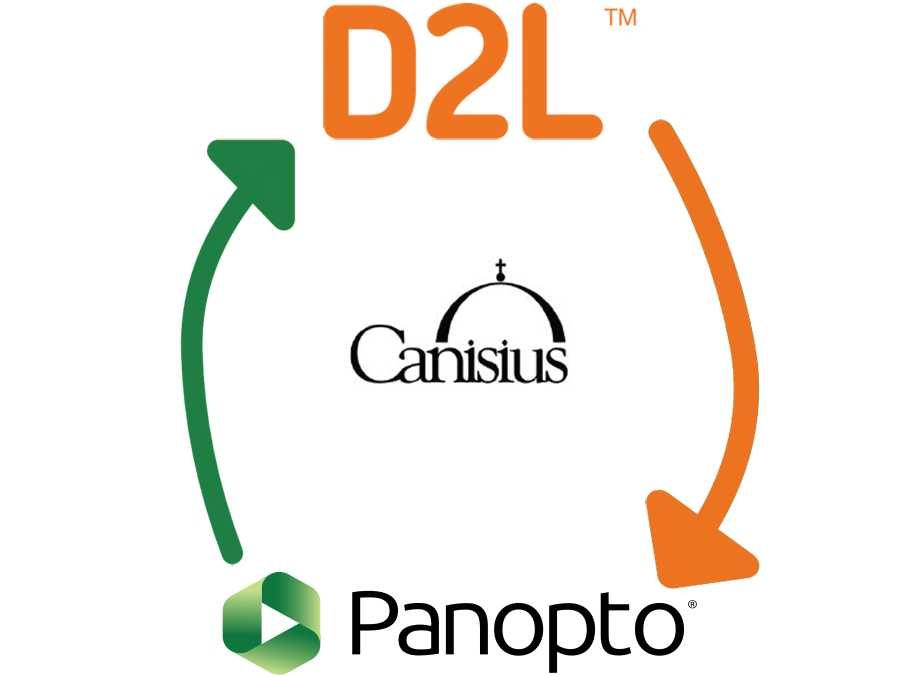by Tyler Kron-Piatek | Mar 16, 2022 | Faculty

COLI offers workshops on a number of programs including D2L, Zoom, Google Drive, and more.
A new addition to these workshops also includes an overview of how to use Panopto, Canisius’s new Video Content Management System, in D2L. You can view a list of these updates by clicking on this link here.
If you are interested in attending any of these workshops, you can sign-up for them here. If the times of these workshops do not work, please feel free to book a consultation with COLI here. For a full description of these workshops, click here.
Submitted by: Tyler Kron-Piatek, academic technologist, COLI
by Tyler Kron-Piatek | Mar 16, 2022 | Faculty
D2L Rubrics are useful tools for grading any assignment. Rubrics can be attached to nearly any activity or grade item and provide a faster and easier way to grade and provide students with immediate feedback.
However, if you want to download the graded rubric for your own records, it is not immediately clear how to do this. You could try to copy and paste the rubric into a table in Word or take a screenshot (or several), but both of these options do not give you exactly what you need and are time-consuming.
View this video to learn how to quickly and easily download a graded rubric from the Student Progress Page.
If you typically attach rubrics to a Discussion Board or Grade item, you can view this page for more detailed information.
Share this:
Submitted by: Tyler Kron-Piatek, academic technologist, COLI
by Tyler Kron-Piatek | Mar 16, 2022 | Faculty

Occasionally faculty record class sessions as video. For example, this may be done in classrooms or in a Zoom web conference. In either case, there are important legal guidelines we must follow, depending on whether or not students appear within the video recording. These are in accordance with the Family Educational Rights and Privacy Act (FERPA), which protects the privacy of our students and records concerning their education.
- If you record your class, but only you (or your name) appear in the video (along, perhaps, with slides, photographs of your lecture subject, and so on), you are safe to share that video on the web in any arrangement: public, via a hidden link, and so on.
- If you record your class, and any (or all) of your students appear in the video as images or names, then you may only share the video securely with enrolled members of that class. (An exception would be if you had your students’ written consent to share the video with anyone not enrolled in the class.)
The second point is most important: if an identifier for any of your enrolled students appears in the video, that video is considered an educational record, and therefore must not be shared with anyone outside the class without your students’ express written consent. On the other hand, you can share a video of a class, even if students’ image or names appear in the video, with (only) enrolled members of that class without obtaining members’ consent.
Sharing any video with your class securely is easy to do via Panopto. You can add videos to Panopto within any D2L course space. When you do Panopto consults the D2L classlist, and allows only those enrolled in the class to access the video (and no one else.)
Share this:
Submitted by: Tyler Kron-Piatek, academic technologist, COLI



